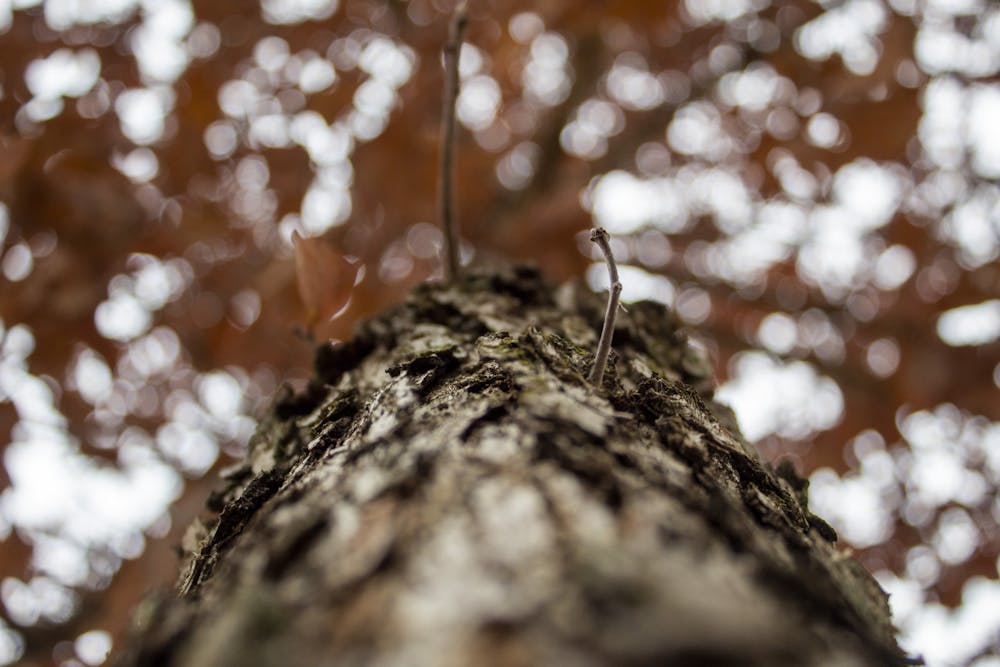There are few things I love more than a Bloomington fall.
It offers the most beautiful auburn hues, ones that almost sparkle in that early season sunshine. You can feel the slight chill in the air and a crunch from the ground as you step. Bloomington fall is so wonderful, I’m almost tempted to call it perfect.
But in the time that I lived here, there has always been one thing that bugs me.
If you spend a lot of time near Franklin Hall like I do, you may have noticed a special tree just east of the building. It stands out from the others in one particular way: it smells absolutely terrible.
When I first came to IU, I remember thinking I must have simply imagined the stench. Many of my freshmen friends commented saying that the smell near Owen Hall reminded them of cheese. But if you’re curious, it is most definitely not cheese. Rather, it is the ginkgo tree and its rotting fruit.
The gingko tree has been around for more than 200 million years. Still to this day, they are a popular tree to plant in urban areas. But it always confused me how someone decided they were going to place a smelly tree like that right in the middle of campus.
The reason the gingko tree smells the way it does is because of the fleshy seeds that start falling toward the end of the summer. The stampede of students trampling over them repeatedly, combined with heat and humidity of Indiana summers creates the perfect recipe for an incredibly pungent stench.
This year, I avoided the tree altogether out of fear of the pieces sticking to my shoes and following me for the rest of the day. At a certain point I had to laugh at the way this tree was affecting my daily routine.
At a certain point, you may ask: Why bother? If Bloomington falls are so perfect, why add a tree like that at all? Well, for starters, gingko trees are well-known for their ability to stay strong against the elements. Major cities such as Washington D.C. and New York City have relied on the tree to add pops of color to their gray color scale, according to Slate.
I have also found the gingko to be a rousing conversation starter. Chances are, if you were ever once a Hoosier, you’ve passed the tree at least once or twice or even have a story to share.
So, you know what, I love the ginkgo trees now. I admire their tenacity and how forgiving they are. As I start my last semester at IU, I pass the tree with warm feelings. Who cares what a tree smells like when it reaches that perfect golden color in October?
At the end of the day, who cares if something isn’t perfect? It only adds character.






